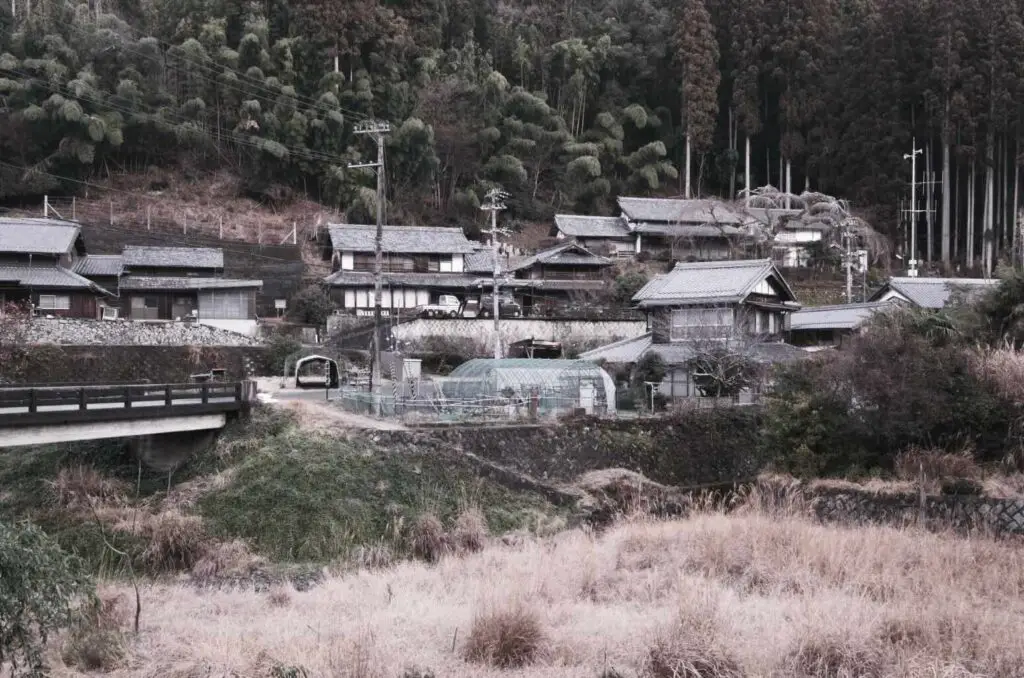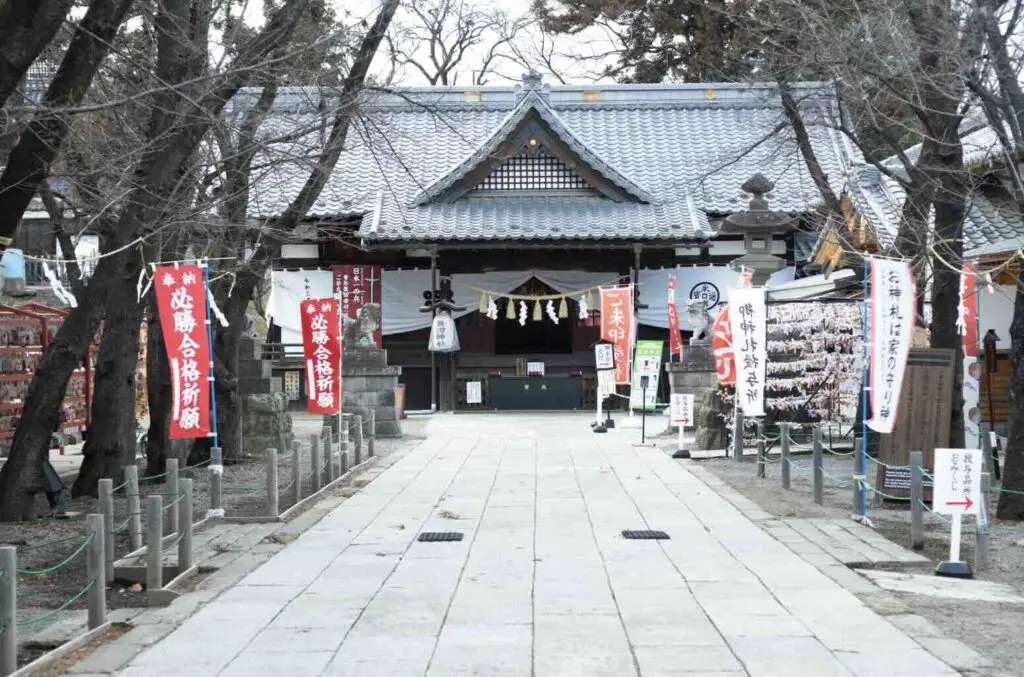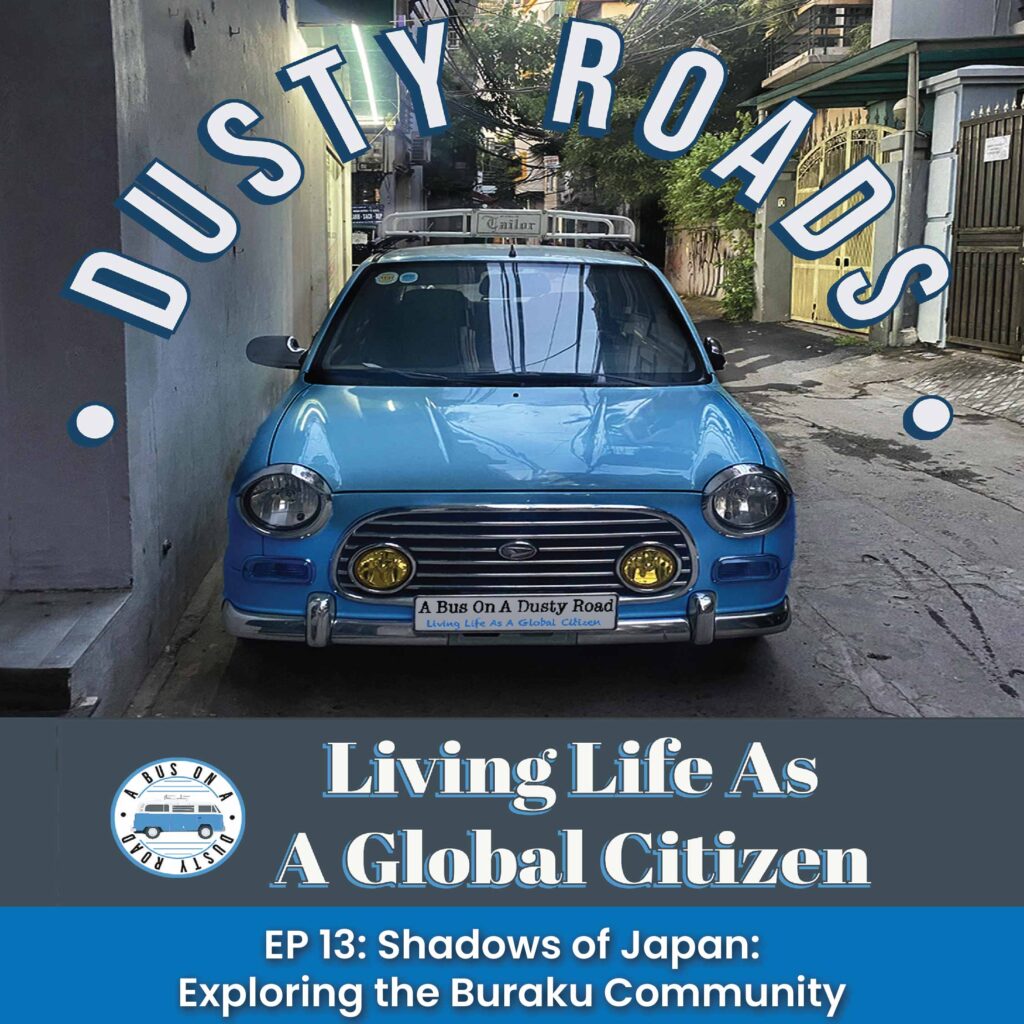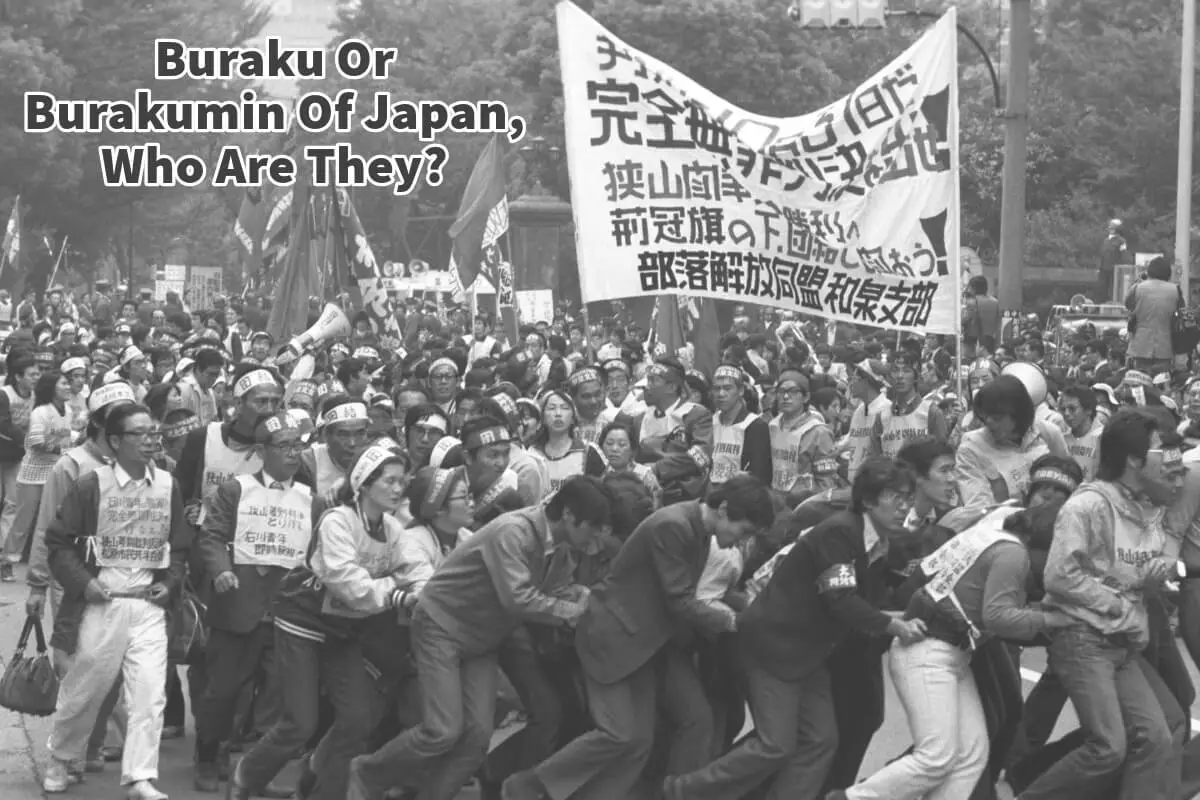Those who have spent time in Japan, either through travel or residence, quickly realize the country’s societal uniformity. However, what’s often overlooked is Japan’s unique version of a caste system despite its appearance of homogeneity.
In the intricate tapestry of Japan’s societal structure, a group known as the Burakumin remains a testament to the country’s complex history of social stratification. Often celebrated for its technological advancements, rich culture, and harmonious society, Japan harbors a lesser-known narrative that contradicts its seemingly homogeneous facade. This narrative revolves around the Burakumin, a historically positioned community at the periphery of Japanese society.
Table of Contents
- Understanding The Burakumin Or Buraku: Japan’s Historical Underclass
- Where Did The Burakumin Concept Come From?
- The Path Forward
- Related Questions
Understanding The Burakumin Or Buraku: Japan’s Historical Underclass
“Burakumin,” or Buraku, historically associated with the word “untouchables,” refers to individuals who find themselves in the lowest echelons of a caste-like system in Japan.
While the country does not have a caste system in the traditional sense like those found in other parts of the world, the existence of the Burakumin mirrors similar societal divisions. Historically, the Burakumin were segregated due to their occupations, which were deemed impure or undesirable by the rest of society.
These occupations included those related to death (such as undertakers and executioners) and industries considered unclean (like leatherworking and butchery). Other unclean professions are also in this class, such as sanitation workers.
Despite the modernization and globalization that have swept through Japan, the remnants of this socio-economic divide persist. The Burakumin continue to face prejudice and discrimination, often in subtle and systemic ways.
This discrimination is not always overt but can significantly affect their social and economic opportunities.
The Paradox Of Skill And Stigma And Burakumin
One of the most poignant illustrations of the Burakumin’s plight is found within the confines of Japan’s slaughterhouses. Here, skilled artisans expertly prepare some of the most luxurious meats in the world, including the internationally acclaimed Wagyu beef.
The preparation of Wagyu beef, known for its marbling and flavor, requires technical skill, a deep understanding of the craft, and dedication to the craft. These craftsmen undergo years of rigorous training, honing their ability to transform quality cuts of meat into culinary masterpieces.
However, despite the high level of skill and craftsmanship required for their profession, these workers often remain reticent about their work. The silence stems not from a lack of pride in their craftsmanship but from a protective instinct towards their families.
They fear that public knowledge of their occupation could subject their loved ones to social stigma and discrimination, illustrating the deep-seated nature of the prejudices against the Burakumin.
Where Did The Burakumin Concept Come From?
The term “Burakumin,” meaning “hamlet people,” dates back to Japan’s feudal era. It signified communities ostracized for engaging in occupations deemed unclean or closely associated with death, such as executioners, butchers, and undertakers.
These groups were historically situated at the lowest tier of society, often referred to as “Eta,” meaning “full of filth,” reflecting their perceived inferior status within the Japanese class hierarchy. Such was their marginalization that they were vulnerable to being killed by samurais for any alleged wrongdoing without legal consequences, essentially placing them outside the protection of the law.

By the 19th century, the Burakumin’s devaluation was institutionalized. A court magistrate reportedly stated Eta’s life was worth only one-seventh of an ordinary person’s, highlighting the deep-rooted societal disdain for these individuals.
In contemporary times, while the term “Burakumin” is regarded as derogatory, discrimination persists, often manifesting through hate mail and derogatory language, with those in historically stigmatized professions still being labeled as “Eta” in acts of hate speech.
Lingering Shadows: The Persistent Stigma Of Burakumin Lineage
In the 1970s, a pivotal discovery by a Burakumin rights organization unearthed a 330-page handwritten document that meticulously cataloged the names and locations of Burakumin communities. This list, which circulated clandestinely among employers, served as a tool to screen potential hires for Burakumin ancestry—a practice that was eventually outlawed.
The issue resurfaced in 2009 when Google Earth included historical maps that inadvertently marked the locations of Burakumin villages in Tokyo and Osaka, reigniting the controversy.
The Yamaguchi-Gumi, Japan’s largest crime syndicate, notably includes Burakumin members. This is often attributed to the lack of alternative opportunities for individuals from these marginalized communities, pushing some toward criminal activities.

In contemporary Japan, the specter of discrimination lingers as families still seek out lists of Burakumin lineages to prevent matrimonial alliances with them, underscoring an enduring prejudice. This stigmatization not only suggests that descendants of Burakumin are deemed less worthy but also questions their authenticity as Japanese citizens based on ancestral occupation.
Furthermore, those currently employed in traditionally stigmatized professions face discrimination from broader society and, paradoxically, their own families. This is despite Japan’s reliance on their services for essential tasks such as butchery, sanitation, and other vital services. This dichotomy highlights a profound societal contradiction: the indispensable yet undervalued role of those within the Burakumin lineage.
The Path Forward
While the situation for the Burakumin has improved over the years, with various legal and social initiatives aimed at eradicating discrimination, the journey towards full integration and acceptance is far from complete. Education and awareness-raising are pivotal in challenging and changing the long-standing prejudices that have marginalized the Burakumin.
As Japan continues to evolve, the story of the Burakumin reminds us of the complexities of societal integration and the importance of embracing diversity. The skills and dedication of the Burakumin, particularly those working in specialized fields like Wagyu beef preparation, underscore the potential for these individuals to contribute significantly to Japanese society and culture.
By recognizing and valuing the contributions of all its members, Japan can move closer to a genuinely inclusive and harmonious society.
Listen To Our Podcast About Shadows of Japan: Exploring the Buraku Community
Below or By clicking here.

At A Bus On A Dusty Road, we talk about history, travel, life, sailing, and ex-pat living. We are all about “Living Life As A Global Citizen.” We explore social, cultural, and economic issues and travel.
We would love to have you be part of our community. Sign up for our newsletter to keep up-to-date by clicking here. If you have any questions, please contact me, Anita, by clicking here.
Listen to our Podcast called Dusty Roads. You can find it on all major podcast platforms. Try out listening to one of our podcasts by clicking here.
Subscribe to our A Bus On A Dusty Road YouTube Channel with great videos and information by clicking here.
Related Questions
Why Koi Fish Are Considered Good Luck By The Japanese?
Koi fish are a beloved symbol in Japanese culture and have long been considered a symbol of good luck and prosperity.
There are many reasons why Koi Fish are considered to be good luck symbols by the Japanese. One is because they are known to bring good luck and be able to swim upstream. Another is that they are held in high regard in Japanese culture.
You can read more about Why Koi Fish Are Considered Good Luck By The Japanese? by clicking here.
Are Korean And Japanese Cultures Similar Or Different?
Korean and Japanese cultures can have many similarities in how they view family, education, society, and life. Both countries were productive societies, and getting a good education is essential. But even with these basic similarities, they also have many differences in their language, culture, religion, history, and food.
By clicking here, you can discover Are Korean And Japanese Cultures Similar Or Different?
Are The Hmong From Japan?
There is no evidence to show that the Hmong are from Japan. History indicates that the Hmong have lived in China for thousands of years. Over the years, the Hmong had many rebellions with the Chinese as the Imperial Chinese tried to force them to assimilate. Several bloody revolts within China caused many Hmong to leave China and migrate to Vietnam, Laos, Thailand, and Myanmar (Burma).
By clicking here, you can discover Are The Hmong From Japan?


